When well-known amazing stories turn out to be false, we call them “urban legends.” This is a polite name for what is really a bald-faced lie.
When debunked – like the one about the man who found a deep-fried rat in his bucket of extra crispy takeout chicken – we laugh uproariously at those who bought the story in the first place. A convenient memory swipe lets us forget that, at one time, we bought the “fake news” too.
But sometimes, incredible stories turn out to be verified truths. This is the case with three of the four famous “lies” about World War II described below. Turns out, they aren’t lies at all. Although unbelievable, they are in fact true.
Coded Monopoly
The Red Cross played an important role in getting help to Allied soldiers held captive as prisoners of war (POWs) in camps throughout Europe. Part of its mission was to boost morale, and they did this, in part, by ensuring that “goodies” from back home got to the men.
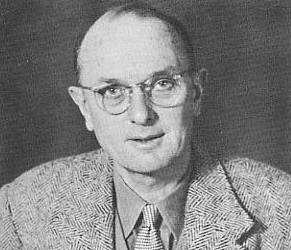
Prisoners had a particularly tough time in the camps, and they constantly thought of escape. As it happens, folks back home were thinking about that too.
But how to help a prisoner who did successfully escape? Would he not get hopelessly lost in unfamiliar surroundings, with few or no supplies? What if such men had maps and compasses to help them navigate?
It sounds preposterous on its face, but British intelligence officer, Christopher Hutton, solve this dilemma.
To aid him in this, he called on British firm John Paddington Company, a partner of American board game manufacturer Parker Bros.
A group of employees at Paddington was tasked with incorporating the gear into the games so it would go undetected by snooping German guards. Maps were drawn on thin silk and folded flat, so they could slide into the game’s back and be sealed in.
But how to let the prisoners know which games had the escape tools? Before leaving for the front, British soldiers were told that any Monopoly board with a red dot on its “free parking” space contained the map and real cash hidden among the game’s fake money.
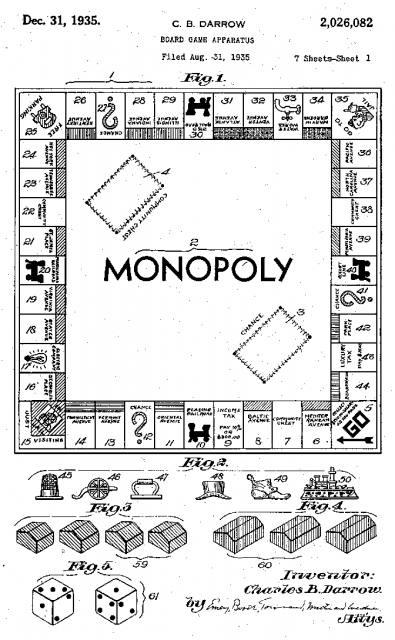
False aid agencies were assigned the job of getting the games to the men. Incredible though it sounds today, approximately 10,000 POWs used these things to help them get to safety after they escaped.
Goering’s Unbelievable Lies
At the Nuremberg trials, the men who planned and built the Third Reich had to answer for their crimes. It’s likely that many of them tried to hold back the full truth of what had happened, but Herman Goering, in particular, lied repeatedly about his involvement. He stated that he didn’t know the extent of the atrocities or else he would have tried to stop them.
These and other absurd claims are part of the Nuremberg Diary, a book by Gustave Gilbert, a psychologist who interviewed Goering at length while he was in prison. It is a testament to the book’s power that it is still in print today, and available on Amazon.
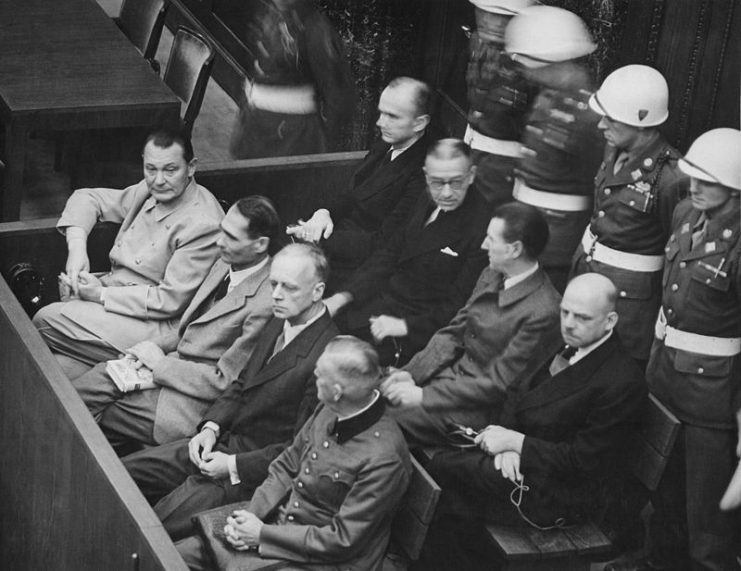
Even though Goering was well-known as the Vice-Chancellor of Germany and Hitler’s right-hand man, he made some ludicrous assertions.
For example, he claimed that he was not anti-Semitic and that he did not either adore or agree with Adolf Hitler. The truth spoke against him: there were witnesses and documentation to prove that he had helped set up concentration camps.
Ultimately, he was sentenced to death for his role in the war, but before the hanging, he took cyanide instead. The truth won out, but Goering lied to the end.
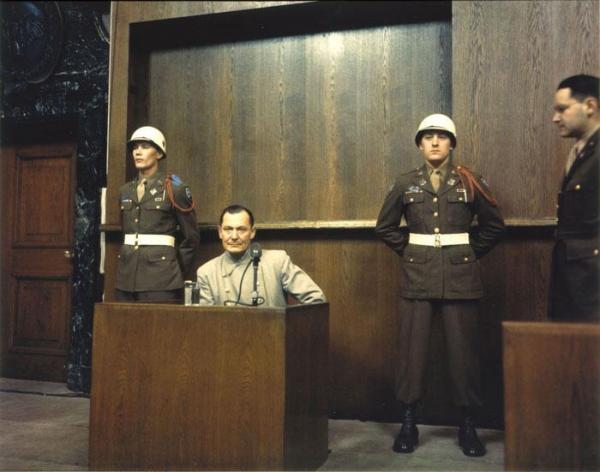
Colonel Maggie
From the beginning of her career in vaudeville, Martha Raye was a huge supporter of American troops. She would often go on tours to entertain them overseas. Her performances were always a hit, and the U.S. government was grateful for her help.
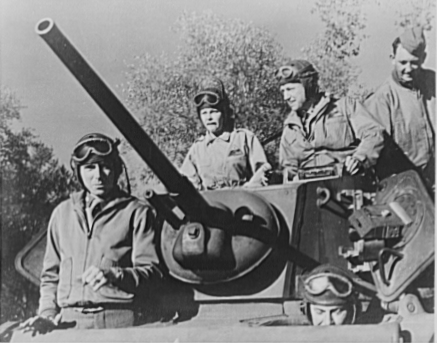
Martha performed for soldiers throughout World War II as well as during the wars in Korea and Vietnam. She received the Presidential Medal of Freedom by Bill Clinton in 1993.
Before that, Lyndon Johnson had made her an honorary lieutenant colonel, earning her the nickname of “Colonel Maggie.”
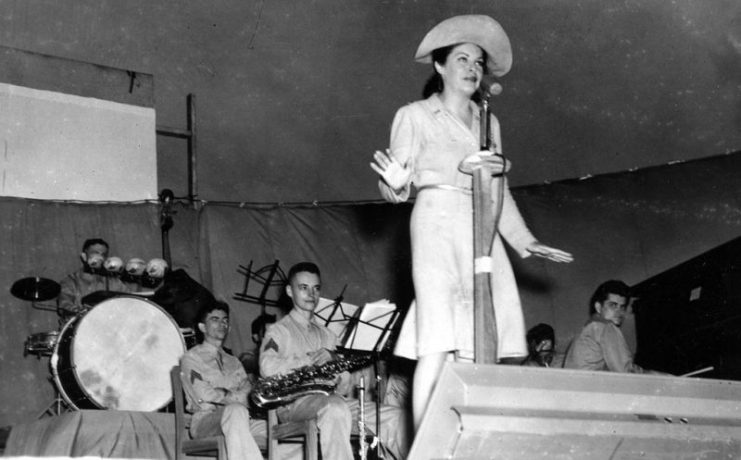
She was offered a full burial at Arlington Cemetery, with American veterans, but politely turned it down. She claimed she wanted to be with the men for whom she had a particular fondness.
Upon her death in 1994, she was buried at Fort Bragg, North Carolina, home of the Green Berets. She is the only civilian ever to have been granted such an honor, and every Veterans Day, Raye is given full military services.
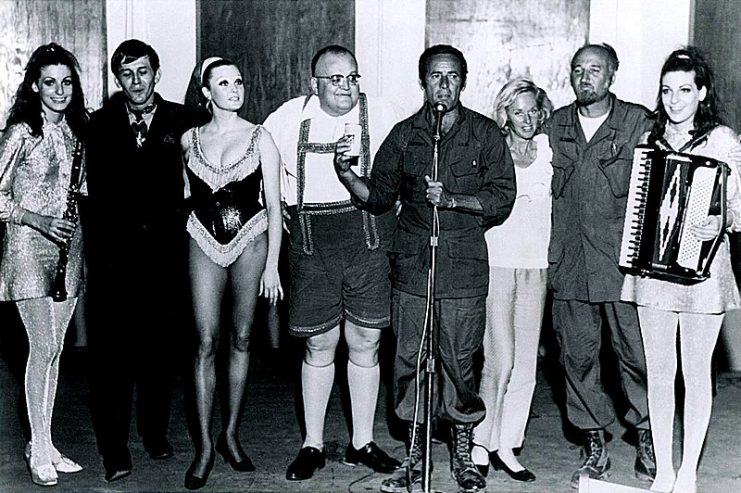
Tandey’s Great Mistake
Hitler created his own urban legend as much as a year before the war’s official beginning when he lied to undermine the Allies. In 1938, Prime Minister of England, Neville Chamberlain, went to Germany to try to smooth relations between the two countries. He met with Hitler in Berlin.
While walking through a government building, Chamberlain pointed out a painting he insisted was of British war hero, Henry Tandey, a young private who had served his country in World War I.
Hitler then mused aloud that Tandey had saved his life during the Great War. He claimed that he had known then that he was bound for glory in Germany and had a significant role to play in its fate.
Naturally, Tandey was revolted that he may have saved Hitler’s life on the battlefield. He had saved so many soldiers, he couldn’t be sure that one of them wasn’t the future dictator.
Luckily, historians have laid Hitler’s claim to rest. Military documents prove that their two units were at least 50 miles apart on the day in question. But poor Tandey never quite came to grips with the notion that he may have saved Hitler’s life, thus allowing him to move forward and cause the epic destruction that became World War II.
Read another story from us: Doping for War – Russian Vodka and German Amphetamines in WWII
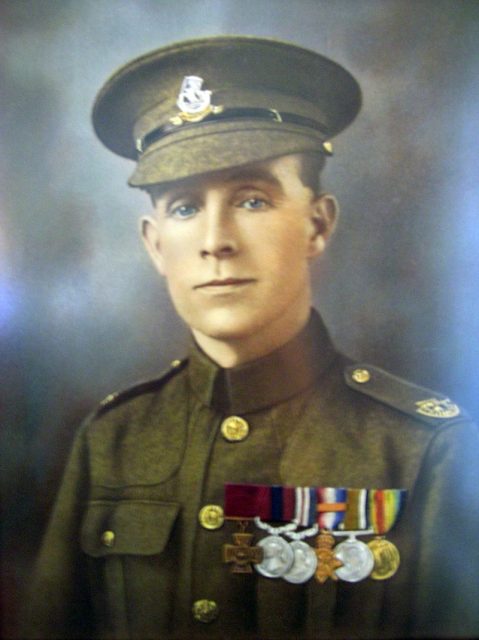
Discovering the truth behind urban legends is not difficult: search for reliable sources and plenty of them. If something sounds too good — or too awful — to be true, a little research can help separate fact from fiction.
